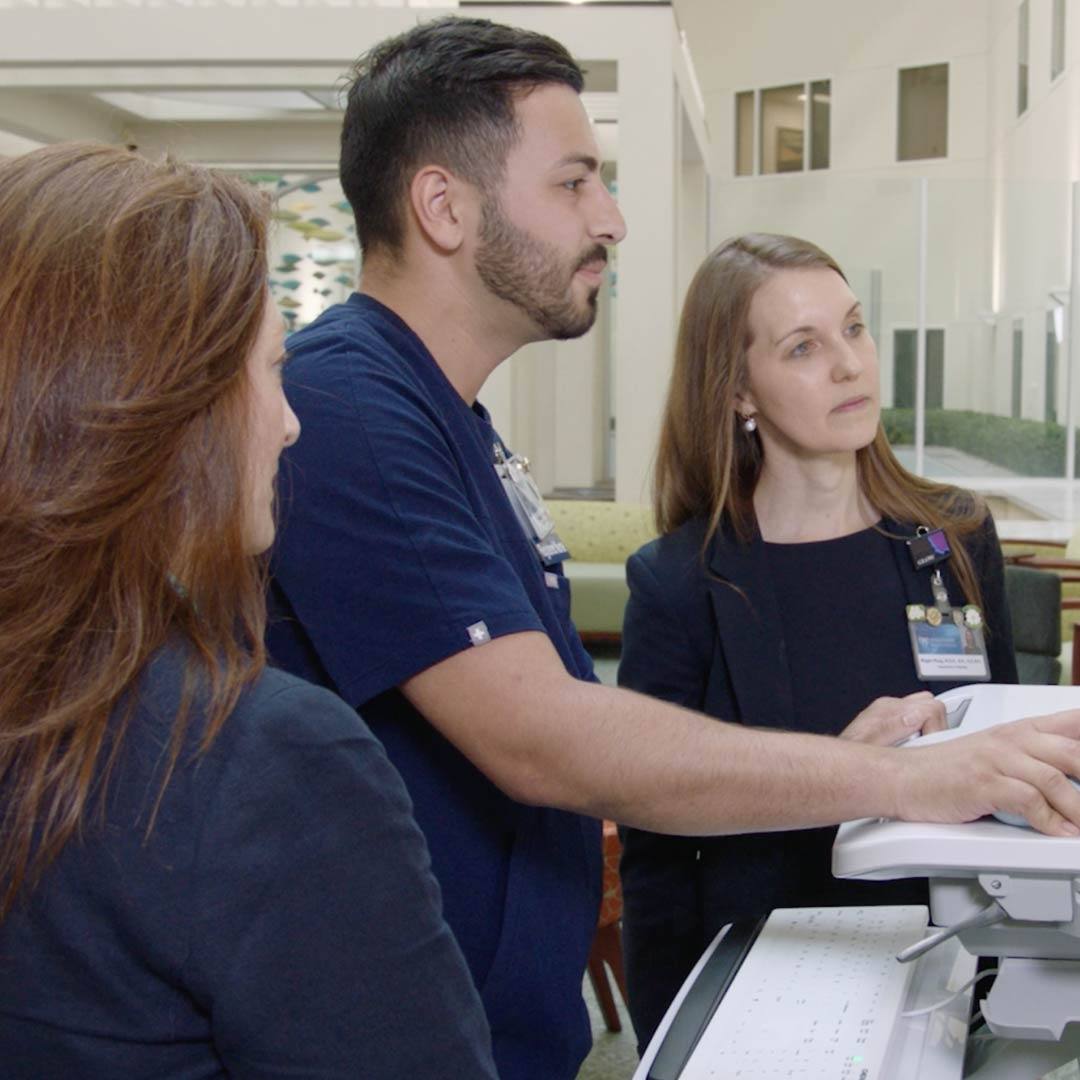While the cigarette smoking rate in the U.S. has dropped significantly in the past 50 years, from 42% in 1965 to 14% in 2017, millions of Americans still smoke. The Great American Smokeout on Nov. 21 is an opportunity for those people to start the journey toward a smoke-free life.
Journalists: Broadcast-quality video (1:00) is in the downloads at the end of this post. Please "Courtesy: Mayo Clinic News Network." Read the script.
More than 34 million Americans still smoke cigarettes, despite most knowing the health dangers.
"Cigarette smoking with tobacco is by far and away the most common cause and most important cause of serious illness and death. The estimate is a half a million people a year or more die from tobacco-caused diseases every year in the United States," says Dr. J. Taylor Hays, director of the Mayo Clinic Nicotine Dependence Center.
According to the American Cancer Society, 16 million Americans also live with a smoking-related disease, such as stroke, cancer and heart disease. Quitting smoking can improve health immediately and over the long term, at any age.
"The nicotine in tobacco smoke is what causes the addiction or the dependence, but it's not the dangerous component. Really, the dangerous components are the other 6,000 things that are in tobacco smoke. And they are created because tobacco is burned," says Dr. Hays.
Quitting cold turkey works for some, but you increase your chances of kicking the habit when you come up with a plan; set goals; and use smoking cessation tools, such as medications, nicotine replacement therapies and counseling.







